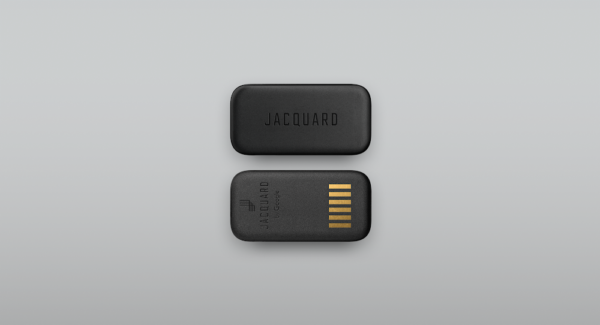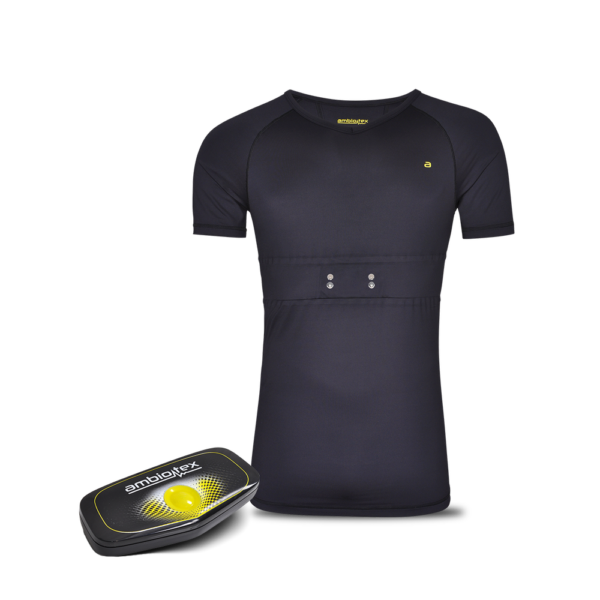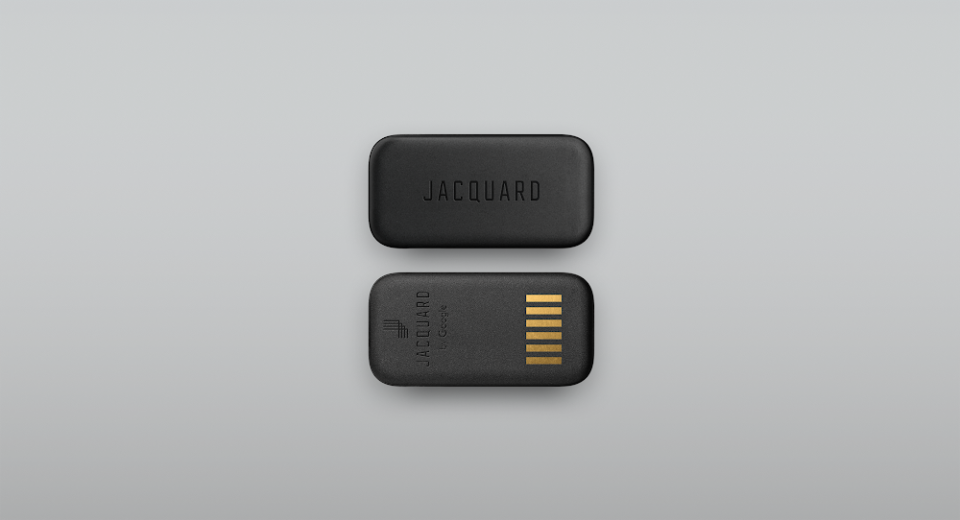Our clothes are getting smarter and are increasingly helping to improve our lives. It’s a small but growing area of the wearable market. Garments can leverage technology to enhance the wearer’s experience across a range of scenarios.
However, for many people, smart clothes and e-textiles may be completely new. That’s why we are here to break down this bold new technology and highlight some of the core benefits of smart clothes.
Climate Comfort Clothes
Perhaps the core function of any garment is to provide a layer of protection against the environment. Whether it’s keeping dry during rain, keeping us warm in the cold, or clothes that forgo sleeves and legs during the summer. Wearable tech is moving clothes into a new era where they can have a more direct impact on temperature and climate control.
One example is air-conditioned clothes, which are really garments that have fans built-in. I have previously written about these smart clothes and truthfully, I am largely unimpressed. Simply put, cooling clothes will make you look decidedly uncool because they are bulky and have fans hanging off them.
That said, there’s no doubt air-conditioned garments can play an important role in industries such as construction. There are already signs of improvement, with consumer-focused air-conditioned clothes becoming more fashion-conscious. Wait a few years and I expect the integration of fans will be seamless enough to wear these clothes without looking strange.
Perhaps the most interesting aspect of climate comfort within the wearable market is a more subtle implementation of technology. Specifically, the pursuit of improved moisture-wicking and waterproofing.

Tech Integration
Building subtle tech tools into clothes is easier than adding large components like fans. That’s why the tech integration area of smart clothing is becoming extremely exciting. Garments can charge devices on the move, provide NFC and Bluetooth, and offer connectivity to apps and services.
Google’s Project Jacquard is arguably the leader in this area, driven by the Levi Commuter Trucker Jacket. Including gesture and touch areas on the sleeve, this denim jacket allows users to tap into numerous services, such as maps and music. Furthermore, you can take and dismiss calls with simple taps, swipes, and gestures.
Yes, this is an extension of what your smartwatch can do so you may only need one, a watch, or a jacket. It will be interesting in the coming years to see how tech companies differentiate smart clothes from smartwatches, allowing customers to have both and for both to be functional in their own ways.
Body Data
The fitness market has exploded with the popularity of smartwatches and fitness trackers. However, the concept behind these devices maybe even better if it’s directly integrated and woven into our clothes.
Tech companies agree and an increasing number of garments are available that bring fitness tracking to your clothes. What functions are available depends on the product, but below are some of my favorites:
Nadi X Yoga Pants: Much more than a fitness tracker, the Nadi X will actively help you during yoga sessions. Leveraging built-in haptic vibrations, the pants put slight pressure on hips, ankles, and knees to encourage you to move and hold positions.
Ambiotex Smart Shirt: Ambiotex takes basic fitness tracking to the next level by developing a smart shirt that is truly for those who spend a lot of time in the gym. It provides real-time feedback on heart rate variability, your anaerobic threshold, and stress.

Looking Ahead
Smart clothes are becoming more common and this allows tech companies to expand the capabilities of garments. Again, it will be interesting to see how developers differentiate the functions from products that already deliver similar features.
Perhaps the most exciting thing about smart clothes and e-textiles is that the market is still new. In fact, it is nowhere near mainstream, allowing developers to hone their products. In the coming years, expect vast improvements in what smart clothes can do and what they look like.


